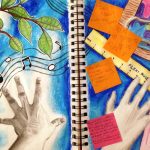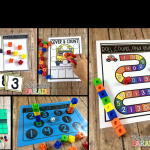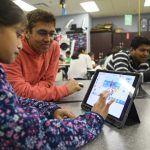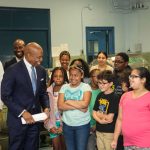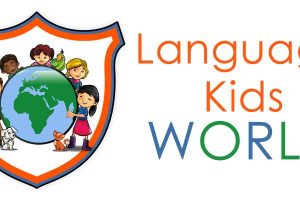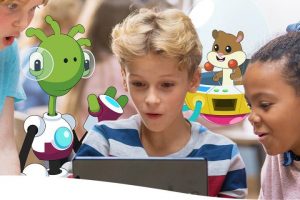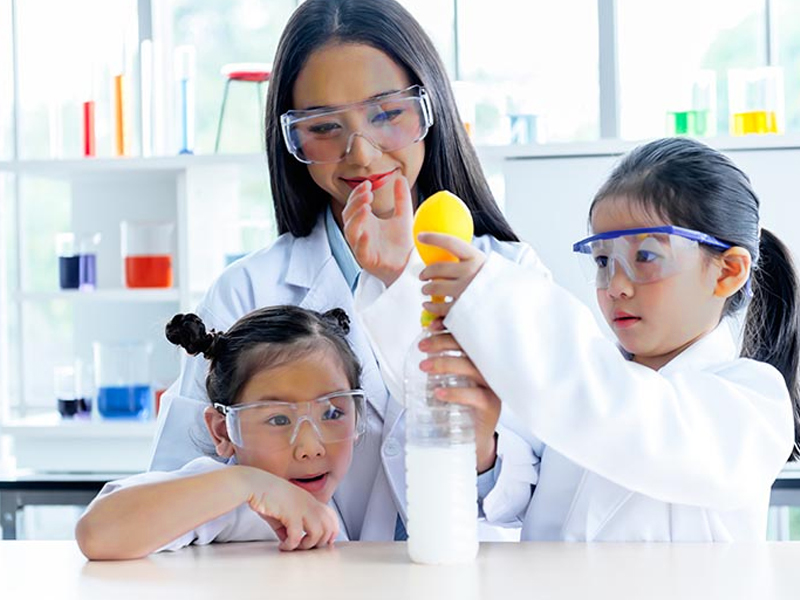
Interactive science experiments bring concepts to life while nurturing kids’ innate curiosity. As Albert Einstein said, “The important thing is not to stop questioning. Curiosity has its own reason for existing.” Hands-on learning through trial, error and discovery empowers young scientists.
Let’s explore fun and educational experiments to engage K-8 students on the KidsWorld Learn platform:
Backyard Science
The outdoors offers a living laboratory for budding ecologists. Provide tools like magnifying glasses, nets, and jars for capturing close-up looks at plants and critters.
- Observe ants, pill bugs, and earthworms in their natural habitats. Create leaf diagrams documenting findings.
- Study the anatomy of flowers across seasons. Pollinate flowers with paintbrushes to show how seeds form.
- Make bark rubbings from trees to compare patterns. Identify leaf shapes and structures.
- Engineer “bird feeders” with pinecones coated in peanut butter and birdseed. Track visiting feathered friends.
- Sketch shadows at different times of day. Mark their change in length and direction.
Immersed in nature, kids gain appreciation for the web of life in their own backyards.
Kitchen Chemistry
The kitchen contains a pantry of ingredients for edible experiments:
- Bake red cabbage indicator. Soak it in acidic lemon juice vs. basic baking soda to see color change.
- Layer liquids with different densities, like honey, oil, and colored water. Note visibility and speed flowing through funnels.
- Make rock candy by crystallizing sugar on sticks. Watch crystal structure form over days.
- Mix corn starch and water into Ooblek. Observe how the non-Newtonian fluid acts like liquid then solid.
- Conduct a pepper and soap experiment to see soap’s molecular action create surface tension.
Kitchen labs make properties of matter delicious!
Physics Fun
Physics concepts like motion, gravity, and energy come alive through hands-on play:
- Race toy cars down ramps with different slopes. Discuss speed variables.
- Collide balls to observe elastic vs. inelastic collisions and momentum transfer.
- Test materials as conductors and insulators using batteries, bulbs and buzzers.
- Construct marble roller coasters using tubes and ramps. Explore potential and kinetic energy conversions.
- Defy gravity by levitating paperclips and foil boats using magnets. Test attraction/repulsion.
- Engineer structures from blocks or cards. See forces like tension and torsion at play.
Physics is Phun when learning through active engagement and discovery!
Squishy Science
Gooshy substances provide a tactile way to explore states of matter:
- Make slime and flubber using glue, borax, cornstarch, water and food coloring. Alter stickiness and stretchiness.
- Whip up edible play doughs infused with jelly, cinnamon and cocoa. Sculpt and smell!
- Suspend glitter, beads, or foam bits in colored gelatin. Describe how they move and settle.
- Mix oil, water and cornstarch into cloud dough. Examine textures formed.
- Squish poppable snack bags of corn kernels or rice to feel pressure and expansion.
Sensory experiences with squishy stuff brings science lessons to life.
Science Magic
Blend scientific principles with showmanship by performing entertaining illusions and stunts:
- Use static electricity to stick balloons to walls, bend streams of water, and levitate lightweight paper.
- Harness air pressure to crush soda cans, then pop them back into shape.
- Drop mentos into soda to create an erupting geyser, showing chemical reactions.
- Make a swimming emerald appear to sink or float, revealing density effects.
- Amaze with classic magic tricks using chemistry, physics and performance skills.
When science seems like magic, kids approach learning with wide-eyed wonder!
Coding Contraptions
Introduce block coding languages like Scratch to control actions:
- Program motorized Lego vehicles to navigate mazes and obstacles.
- Code music videos by synchronizing dance moves to a beat.
- Construct video games with points, levels, powers and pitfalls.
- Create digital terrariums and ecosystems with simulated creatures.
- Animate stories by making characters move, speak and interact on screen.
Coding builds computational thinking while activating imagination.
Messy Math
Get silly with gross-out experiments displaying mathematical concepts:
- Compare amounts of fake snot made from cornstarch, water and food coloring.
- Have jumping worm races by placing gummy worms on plates. Time how long each takes to flip off the edge.
- Grow mold in bread bags. Measure and graph the splotches over weeks.
- Drop watermelons, pumpkins or cantaloupes. Observe velocity, distance and splatter patterns.
- Dissect owl pellets to sort and classify bones. Reassemble rodent skeletons like puzzles.
When engaged in messy and memorable experiments, kids gain enthusiasm for STEM discovery. Learning science by doing drives curiosity, critical thinking and problem solving. Turn kids loose in the lab to uncover that science is fun!

